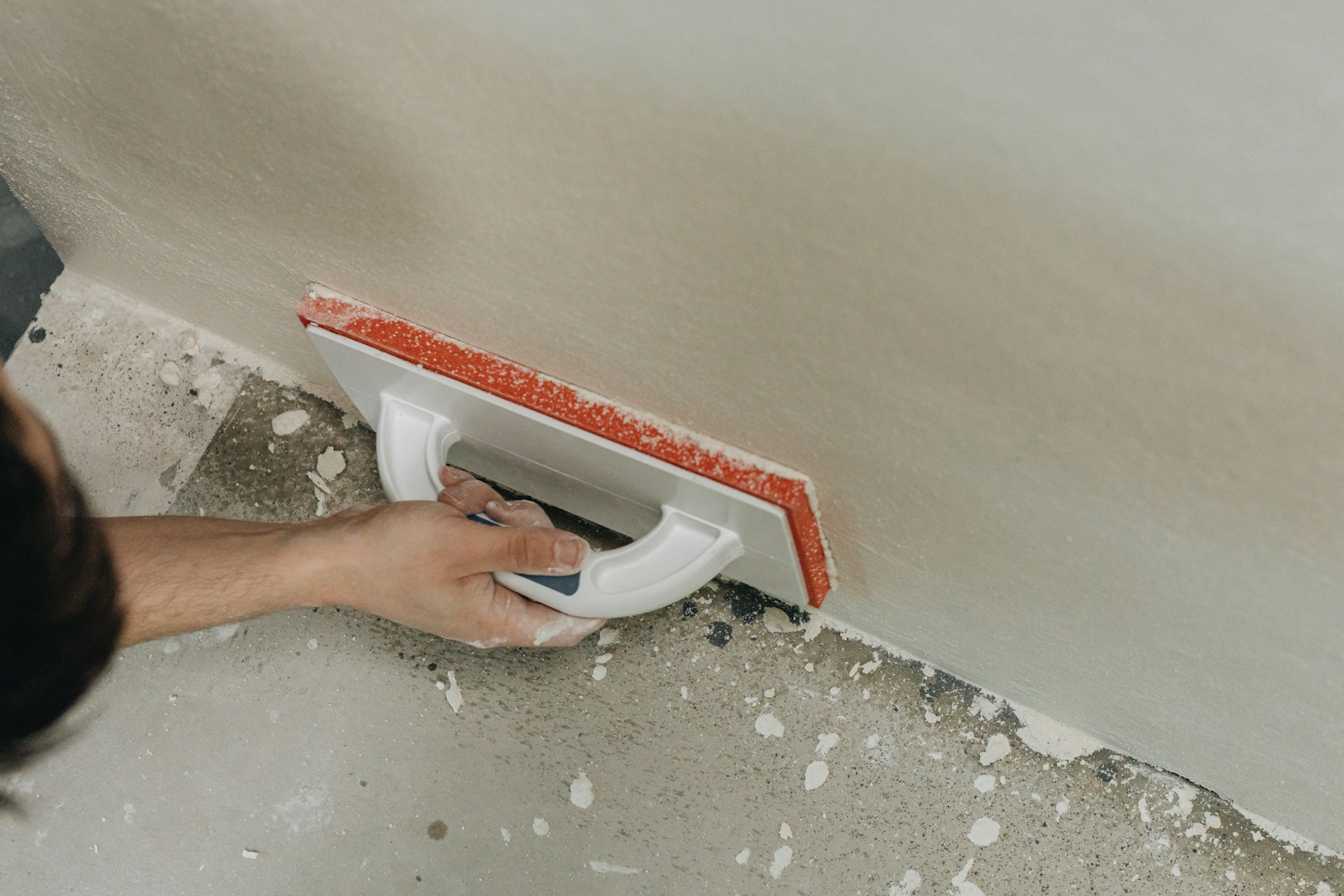Undertaking a successful drywall installation project, whether a renovation or a new build, requires meticulous preparation and attention to detail. As a full-service company specializing in interior/exterior painting, drywall repair, and furniture restoration in Ottawa, we understand that the key to achieving a flawless and durable finish lies in the initial steps of the project.
In this informative guide, we will share essential preparation tips to help both amateurs and professionals alike overcome some of the challenges in the drywall installation process. We believe that by following these tips, you can achieve a seamless, high-quality finish on the walls of your home.
Ready to elevate your drywall installation skills? We’ll cover more crucial tips to ensure a perfect finish in the following sections. When you need expert guidance and professional service, reach out to Picasso Paints – our team is dedicated to helping you achieve outstanding results in your interior projects.
Ensure Proper Framing and Insulation
Before commencing your drywall installation, it is important to ensure that the framing and insulation are correctly in place. Check for any uneven or warped framing, as these issues could lead to challenges when hanging drywall and create uneven walls. Ensure that the insulation is appropriately installed, as improper insulation can cause energy inefficiency and undermine the overall performance of your walls.
Cutting and Hanging Drywall Sheets Precisely
One of the keys to a successful drywall installation is cutting and hanging the sheets with precision. Here are some tips to help you master this skill:
1. Measure Twice, Cut Once: Carefully measure the space you are working with, and transfer those measurements to the drywall sheet before cutting. A tape measure, T-square, and pencil will be your best tools for marking accurate measurements.
2. Use the Right Tools: A utility knife is the most effective tool for scoring the drywall. Simply draw the knife along the marked line, snap the board along the scored line, and then cut the remaining paper on the other side to create a clean edge.
3. Dry-Fit Before Fastening: Before securing the drywall to the framing, do a dry fit to ensure the sheet fits perfectly in place. This will help you identify any issues or adjustments that need to be made beforehand.
4. Fasten with Care: Use a screw gun to secure the drywall to the framing. Space the screws every 30-40 cm along the edges and 40-60 cm apart in the field of the sheet. Ensure that the screw heads are slightly recessed but do not break through the paper.
Seam and Butt Joint Management
When installing drywall, you will inevitably encounter seams and butt joints. Managing these areas effectively is crucial to achieving a seamless finish. Follow these steps to ensure clean and sturdy seams and joints:
1. Stagger Joints: Stagger the vertical joints on each row of drywall to help reduce the visibility of seams and avoid creating a weak point in the wall. This will improve the overall appearance and stability of the finished surface.
2. Reinforce Butt Joints: At butt joints, where two non-tapered ends of drywall sheets meet, consider using a butt board or back-blocking technique. These methods help to reinforce the joint, making it easier to apply joint compound and create a smooth transition between the two sheets.
3. Apply Joint Compound and Tape: Apply a thin layer of joint compound along the seam, then embed paper or mesh tape into the compound. Smooth out any excess compound and ensure the tape is securely in place. This will create a strong bond and result in a more invisible seam.
Pro Tips for Neat Corners and Perimeter Edges
To achieve that professional touch, pay special attention to the details in the corners and edges of your drywall installation. Follow these tips for clean and crisp results:
1. Use Metal Corner Bead: When installing drywall at outside corners, use metal corner beads to protect the vulnerable edges and create a smooth, straight line. Secure the bead using drywall screws or nails on both sides of the corner.
2. Taping Inside Corners: For a perfect 90-degree angle, fold the paper tape along its creased center, then embed the tape into the joint compound applied at the inside corners. Use a drywall knife or corner tool to smooth out the tape and remove any excess compound.
3. Caulk the Perimeter: To provide a clean, professional finish to your drywall installation, apply a thin bead of flexible caulk around the perimeter of the room, where the drywall meets the floor and ceiling. This will create a clean line and help prevent cracks from appearing in the future.
Final Thoughts: Mastering Drywall Installation Preparation
Taking the time to prepare properly and employing these essential techniques during your drywall installation will help guarantee a flawless finish that both looks great and stands the test of time. Consistently achieving the highest quality results requires patience, practice, and a commitment to mastering the fundamentals.
If you’re looking for expert guidance and professional service for your next drywall installation in Ottawa, look no further than Picasso Paints. Our experienced team is ready to help you bring your vision to life, guaranteeing the highest standard of workmanship and a seamless finish for your home.

Leave a Reply